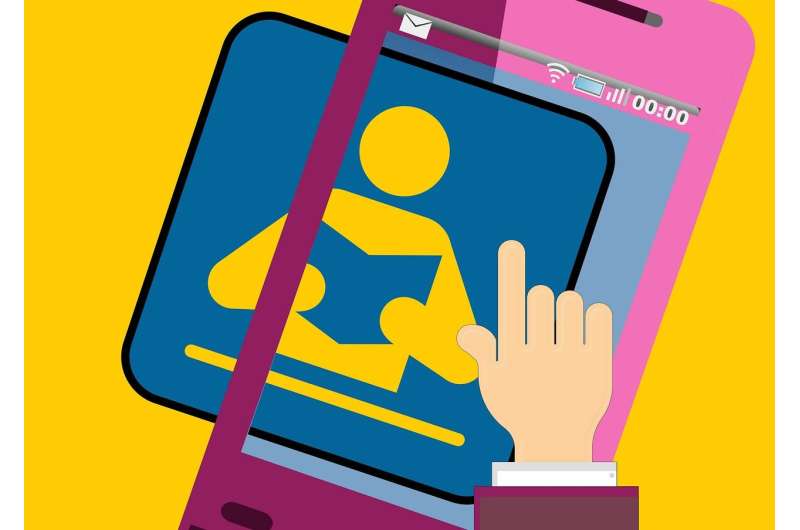AI's huge potential to transform education

A list of 26 ways that AI can contribute to education shows that distance learning is one of the most promising avenues for the application of AI in the field of education. This type of learning focuses on the mobility of learners, who can access learning materials anytime and anywhere using mobile devices such as cell phones, tablets and laptops, which represent nearly 90 per cent of Internet connections in 2018.
Mobile learning, a form of distance education, represents one of the most exciting trends in education. As part of our UTIFEN project (Use of Technology for Mobile Teacher Training in Niger), we designed a mobile education platform for smart phones that uses AI to provide mobile training to over 20,000 teachers in Africa.
The UTIFEN platform is based on the principles of adaptive learning, also known as machine learning, one of the most important applications of AI in education. Adaptive learning systems use AI to organize learning based on the individual characteristics, skills or needs of learners. Not only are these systems able to adapt the difficulty of the learning material, but they can also add or remove content depending on the learner's progress.
The concept is simple: learning pathways are constantly evolving based on the answers provided by each individual learner, but also by all learners. Why all learners? Because it is by considering the responses of learners as a whole that the platform itself learns and adapts. The role of AI in this process is important. Ecosystems that gather a vast amount of data allow AI-based systems such as UTIFEN to exploit those data. The 20,000 learners using the UTIFEN platform provide some 20,000,000 data points that the system analyzes in order to create patterns or models that help it better understand the pathways of learners who succeed and those who fail.
An ideal model
AI allows the platform to learn from these models in order to make it more effective, with a view to ensuring a successful outcome for as many learners as possible. The UTIFEN system exploits the learning pathways of learners to build an ideal model of intervention focused on ensuring optimum pathways. Based on this "learning," the platform is able to send automatic, autonomous and personalized reminders to learners in a timely manner, thereby improving their chances of success.
One of the challenges facing our education system with the advent of AI is finding the right balance between the time-honoured educational practices handed down through the ages and the exciting new opportunities unleashed by AI in the field of education.
This requires looking beyond an exclusively utilitarian vision of AI to get a clearer picture of AI's power to completely transform the educational experience. That is what the UTIFEN project attempts to do by harnessing the opportunities offered by AI in order to train teachers in a country with one of the world's poorest populations and lowest rates of technology penetration.
Artificial intelligence's potential lies not only in its ability to help improve the educational performance of learners, but also in its capacity to foster respect and understanding between all humans.
Provided by University of Montreal

















